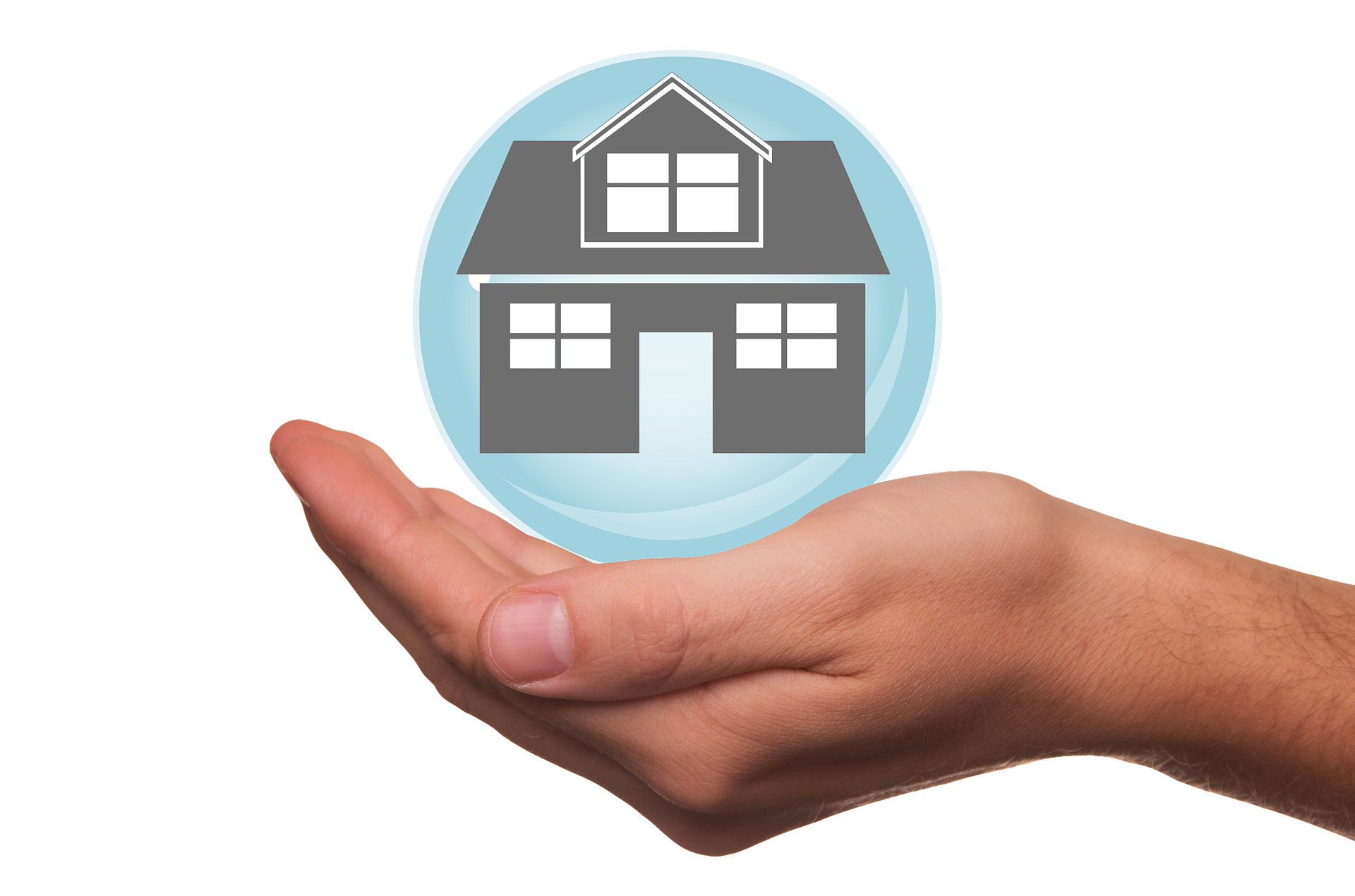
21 Nov 8 Home Safety Tips To Keep Seniors Secure And Independent At Home
In this article, we discuss a variety of home safety tips that can be implemented by seniors and their loved ones and families. These measures can help keep a senior loved one safe as well as maintain their independence at home.
Many individuals assume that aging in place at home is the best scenario for a senior and will generally be the happiest option for them. However, the success of independent living can be threatened by dangers lurking at home that you might not have even thought about. With mental or cognitive decline, everyday activities around the home can go from being routine to challenging or even dangerous.
Creating a safe and supportive home for a family member or loved one can be done with the right focus, effort, and prevention. By following the following 8 home safety tips and ideas, you can reduce safety risks for seniors that unfortunately are far too common.
Start with a home safety assessment
A home safety review and assessment is a great place to start when determining the general safety of the home and areas for improvement. There are many different options out there, but here is a handy home safety checklist. A good home safety checklist will evaluate home maintenance, emergency preparedness, and go room by room to determine areas of deficiency to be addressed. Keep in mind that many checklists will be condensed and will not be all encompassing but are intended as a starting point. The best home care providers such as Chosen Family Home Care will do a safety evaluation as part of the initial and ongoing care assessment. Even Best Buy has gotten in on the action. They offer a home safety evaluation and recommending products and technology to overcome safety concerns.
Removing fall risks and home safety hazards
Falls are one of the biggest causes of injury for seniors. To reduce the risk of falls, it is vital to make the home as fall-proof as possible. Fortunately, many fall hazards can be prevented relatively inexpensively and easily. Be sure to consider rugs as one potential hazard. In most cases the best option is to remove rugs entirely. At the very least, ensure that the rugs have non-slip covers under them to minimize movement.
Evaluate the space and move through it from the perspective of your loved one. If furniture could present a challenge, consider repositioning, removing, or repurposing it elsewhere. Ensure that clutter is removed and free from the floor and that extension cords and cables are not strewn about. While these solutions may seem obvious, awareness is really the most important tool when it comes to fall prevention. Think about room and space transitions such as doorways and corners. These can be trouble hotspots for elders. Make them as accessible as possible. Removing a door may be the best solution to maintaining accessibility through a passageway.
Communication for senior safety
Communication can mean many things when it comes to ensuring safety in the home for older adults. It can refer to cell phones, personal emergency response systems, sensors, cameras, or any other form of communication. Regardless, always keep in mind the three goals of communicative devices for seniors. These include accessibility, connectivity, and usability. For example, a cell phone is a great way for a senior to stay in touch. It’s not a great device if they can’t access a cell or wifi signal in all parts of the house. Additionally, make sure that your loved one can effectively use the technology or devices that they are relying on to facilitate communication. Ease of use is critical for older adults and seniors, especially in emergency situations where time is of the essence.
Consider construction or other home modifications to enhance accessibility and safety
Sometimes, structural changes can make the home more liveable and accessible. These can be simple, non-invasive, and cost-efficient. In other cases,they may be much more elaborate and costly. Examples include handrails, the addition of grab bars in bathrooms and kitchens, wheelchair accessible ramps, and stair adaptations.
Whatever the needs are, think about the big picture in deciding the long-term goals and feasibility of any changes. For example, maybe a costly walk-in shower conversion with grab bars is a necessary change that will facilitate a senior living safely at home. However, maybe such a change prevents your loved one from having to move into a care home. The end result of assisted living may end up being much more costly than paying for construction, for example, This is true even if home care services are added. Home care and caregiving support at home lead to a better quality of life because it gives senior loved ones and older adults the chance to age in place in the community.
When evaluating home safety, shift your perspective to that of a senior loved one
Talk to your loved one about what is most challenging for them. Observe them in different areas of the home and assess what their weak spots might be. You may not have considered how that soft bed they have been sleeping on might now be a real challenge for them to get in and out of. It may not have crossed your mind to think about those pantry shelves being too high for your loved one to easily access. Plus, how that poorly lit room in your home is more challenging for them to see in. Not only will adjustments like these make their daily lives a bit easier, but it will ultimately make for a safer environment for them.
Think beyond the home
Many senior falls actually occur outside of the home. Therefore, make sure that your property is safe for your loved one by looking at the safety and condition of doorways, porches, sidewalks, and the yard. Ensure that cracks in the sidewalks and loose boards are addressed. Does your loved one go for walks? Check the path that they take and keep an eye on the safety and accessibility of the trek. If you have any concerns you may want to have your loved one consider alternative routes while advising your local government of maintenance, safety, or accessibility concerns as these issues will affect everyone in the community.
Ensure effective oversight
It may not always be possible to be there to monitor the safety of your senior loved one or family member. However, you can help promote their safety through frequent monitoring and check-ins. By being abreast of your loved one on a regular basis, you can ensure their safety while checking for any warning signs. If you live close by, consider unannounced visits so that you can match that what they are telling you matches the reality of the situation.
Consider that any steps put into place can only help if they are enacted and followed by the care recipient. For example, if you have an emergency alert system for your loved one, check to make sure that they keep it with them so it can be used in the case of an emergency. Be sure to consider the addition of formal services to properly mitigate the safety concerns of the home. By doing so, you can promote independence and happy living for seniors and older adults. Home care service and support is a great way to supplement the care provided by the family member and ensure their well being for when you can’t be there.
Family members can promote and encourage exercise
Don’t let the cold (or hot) Philadelphia, Pennsylvania weather prevent your loved one from being active. An exercise regime can help your family member stay active. It can also help prevent injury and disability, according to one study. This could be as simple as an at-home regimen that incorporates stretching and walking around the neighborhood or at an indoor mall. Alternatively, it can be a formal regimen to include a gym membership and trainer or local pool. Whatever the case, be sure to consult the patient’s doctor before instilling any exercise regimen. Promote safety through proper hydration, effective workout gear, and personalized options. As an added bonus, an effective regimen can promote happiness as well.
Considering home care services to aid home safety and support for loved ones
A safe home makes a happy home. Be sure to consider the tips mentioned here. Plus, you may want to consider the benefits and peace of mind that home care services can provide. Whether you want to prevent falls, feel safe at night, feel more secure or live easier, Chosen Family Home Care is here to help. Our solutions are designed to help you or your loved ones achieve the goals of remaining happy and healthy at home.
Contact Chosen Family Home Care today for a free consultation for you or a senior loved one or family member.


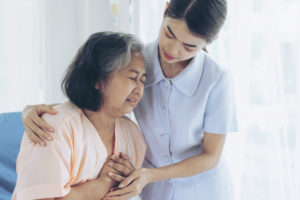
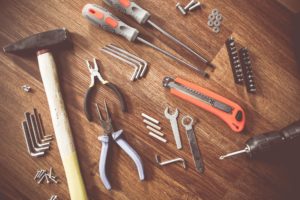
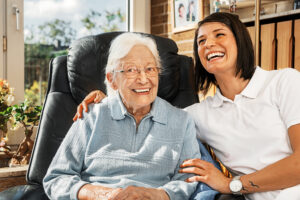
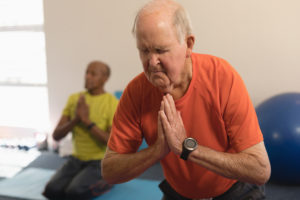
1 Comment